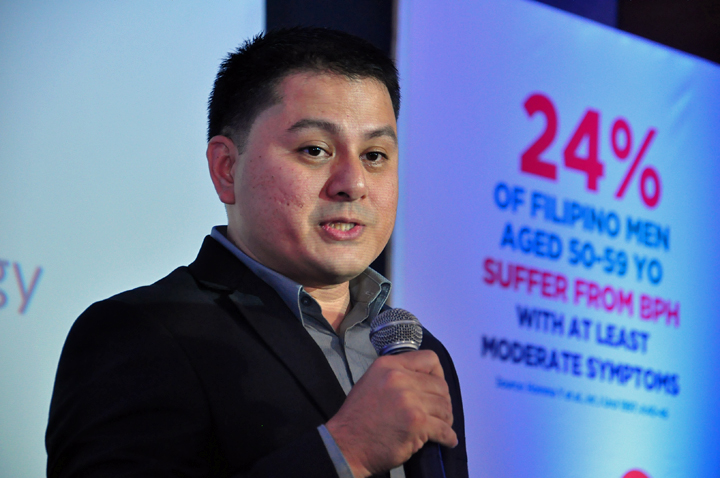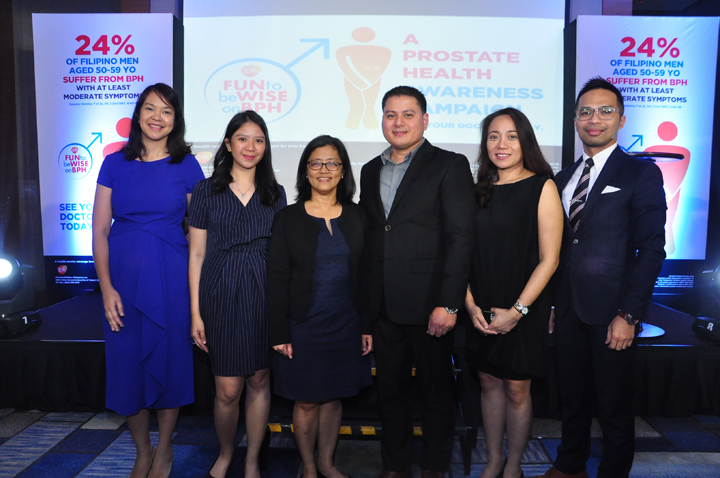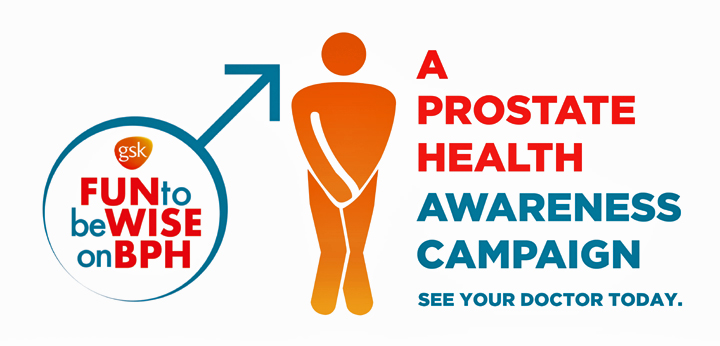24% of Filipino men aged 50-59 suffer from Benign Prostatic Hyperplasia (BPH) with at least moderate symptoms.[1]
GlaxoSmithKline Philippines (GSK), a global leading healthcare company, is pioneering World BPH Day on June 25 through the “FUN to be WISE on BPH” advocacy in order raise awareness about the disease and help improve the quality of life of Filipino men.

According to the Harvard Medical School, most men eventually develop some type of prostate problem, including BPH[3]. Patients affected by BPH often have to deal with sleep disruption and sexual dysfunction. Their daily activities and outdoor trips are also limited and can be a source of embarrassment. If untreated, BPH can also lead to Acute Urinary Retention (AUR) and may require surgery[2].
In the Philippines, 24 percent of men aged 50-59 years old suffer from at least moderate symptoms of BPH, a common disease that causes the prostate to increase in size as a man ages. BPH is not malignant or cancerous but it can affect the flow of urine. Whether it is incontinence or painful urination, this will definitely hinder the way a person lives.

Every man at the prime of his life deserves a life where he can enjoy the things that he loves to do-such as trips with his family and sports like biking and hiking-without any hindrances and discomforts caused by BPH.
The FUN to be WISE advocacy addresses not just men but every person to take action. Men are urged to consult their doctors while others can tell the important men in their lives to seek medical advice and treatment.
The good thing about BPH is that the symptoms are noticeable.
With GSK’s FUNWISE acronym, which is based on the International Prostate Symptom Score[4], men can know if they are experiencing symptoms of BPH.
| F for Frequency | Over the past two months, how often have you had to urinate two hours after you finished urinating?
|
| U for Urgency | Over the past month, how often have you found it difficult to postpone urination? |
| N for Nocturia | Over the past month, how many times do you typically get up at night to urinate?
|
| W for Weak Stream | Over the past month, how often have you had a weak urinary stream? |
| I for Intermittency | Over the past month, how often have you found yourself to have stopped and started again while you were urinating? |
| S for Straining | Over the past month, how often have you had to push or strain to begin to urinate? |
| E for Incomplete Emptying | Over the past month, how often have you had a sensation of not emptying a bladder completely after you finish urinating? |
You can improve the quality of your life even if you’re suffering from BPH. Consult your doctor for diagnosis. Remember, it is never too early but it can be too late.
For more information, go to www.gsk.com.ph.
References:
1 Homma Y et al., Int J Urol 1997; 4: 40-46
2 Harvard Medical School. (2018). 2018 annual report on prostate diseases. Retrieved from https://www.health.harvard.edu/mens-health/2018-annual-report-on-prostate-diseases
3 Lepor, H. (n.d.) Managing and preventing acute urinary retention. Retrieved from https://www.ncbi.nlm.nih.gov/pmc/articles/PMC1477632/
4 Modified based on the questionnaire form downloaded at http://www.urospec.com/uro/Forms/ipss.pdf
Liked this post? Follow SwirlingOverCoffee on Facebook, YouTube, and Instagram.


